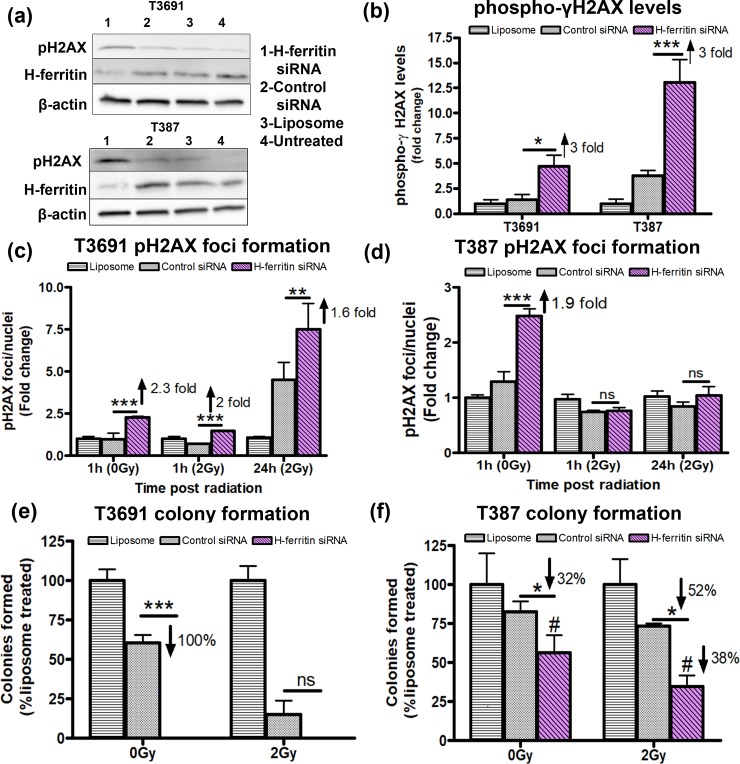Fig 5. Loss of FTH1 impairs DNA repair and colony formation ability of GICs following radiation.
(A) Total phospho-ϒH2AX levels were evaluated by western blot at 48h post-transfection with FTH1 siRNA. (B) Quantification of phospho-ϒH2AX levels in T3691 and T387 cells showed a 3 fold increase in phosphorylation of ϒH2AX relative to control siRNA treated cells. (C) phospho-ϒH2AX foci formation in T3691 was assessed 24h post transfection (1hr, 0Gy), 1hr and 24h post radiation at 2Gy. Compared to control siRNA, T3691 GICs showed a 2.3 fold increase in number of foci/nuclei (***p<0.001) in the absence of radiation and further continued to retain foci starting at 1hr (2 fold, ***p<0.001) and upto 24h post radiation (1.6 fold, **p<0.01). (D) T387 cells treated similarly, also showed a 1.9 fold increase in foci number (***p<0.001) at 0Gy, but showed no significant change relative to controls siRNA treated cells upon radiation. (E) T3691 GICs failed to form colonies and showed significant reduction in colony formation compared to control siRNA treated GICs (100%, ***p<0.001) in the absence of radiation. (F) T387 GICs showed a comparatively moderate decrease in colony formation without radiation at 0gy (32%, p<*0.05). Colony forming ability of FTH1 siRNA silenced GICs was further impaired by radiation (52%,*p<0.05) compared to control siRNA and compared to its un-irradiated counterpart (38%, #p<0.05). Data from three experiments was normalized to liposome treated controls.

